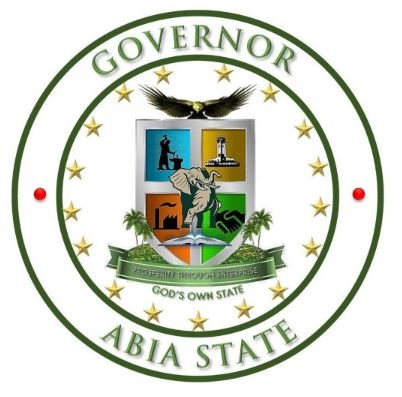Abia State’s population in 2025 is projected to be approximately 4.5 million people. This estimate is based on Nigeria’s annual population growth rate of around 2.5% to 3% since the last official census in 2006, which recorded Abia State’s population at 2.8 million. The growth is driven by factors such as a high birth rate and urbanization, especially in cities like Aba and Umuahia.
READ ALSO: Facts About Bayelsa State Population In (2025)
How Has Abia State’s Population Changed Over The Years?
Abia State’s population has seen notable growth over the years due to natural factors and demographic changes. In 1991, the first official census recorded the population of Abia State at about 2.3 million people.
This was part of Nigeria’s nationwide population count, which faced some criticism for inaccuracies and underreporting. Despite these concerns, this census provided a starting point for tracking population trends in the state.
By 2006, the population of Abia State had increased to approximately 2.8 million. This rise was largely due to improved healthcare systems, which helped lower mortality rates, as well as a high birth rate among the predominantly Igbo population.
The Igbo community makes up about 95% of Abia State’s population and has traditionally contributed to the steady growth of the area. Other factors, like better access to basic services, likely played a part in supporting this increase.
By 2017, estimates suggested the population had grown further to around 3.8 million people. This showed a consistent pattern of growth that aligned with a natural annual increase of about 2.5% to 3%.
Now, in 2025, projections place Abia State’s population at roughly 4.5 million. This growth continues the trend of steady population increases observed over the years.
Factors such as a young population structure, high fertility rates, and gradual improvements in healthcare have all contributed to this upward trend.
READ ALSO: Facts About Bauchi State Population In (2025)
Abia State Population By Local Government
Here is the population of Abia State by Local Government Area (LGA) based on the most recent estimates:
| No | Local Government Area | Population Projection (2025) |
|---|---|---|
| 1 | Aba North | 159,842 |
| 2 | Aba South | 631,478 |
| 3 | Arochukwu | 249,763 |
| 4 | Bende | 289,527 |
| 5 | Ikwuano | 204,938 |
| 6 | Isiala-Ngwa North | 229,654 |
| 7 | Isiala-Ngwa South | 200,312 |
| 8 | Isuikwuato | 169,845 |
| 9 | Obi Ngwa | 269,432 |
| 10 | Ohafia | 359,781 |
| 11 | Osisioma Ngwa | 329,564 |
| 12 | Ugwunagbo | 129,874 |
| 13 | Ukwa East | 85,293 |
| 14 | Ukwa West | 129,856 |
| 15 | Umuahia North | 329,672 |
| 16 | Umuahia South | 204,517 |
| 17 | Umu-Nneochi | 239,952 |
The Demographics Of Abia State In 2025
Age Distribution
| Age Group | Population | Percentage |
|---|---|---|
| Children (0-14 years) | 1.8 million | 40% |
| Working Age (15-64 years) | 2.5 million | 55% |
| Elderly (65 years and above) | 225,000 | 5% |
Gender Distribution
| Gender | Population | Percentage |
|---|---|---|
| Male | 2.16 million | 48% |
| Female | 2.34 million | 52% |
READ ALSO: Top 10 Largest Cities In Africa By Population
Ethnicity
| Ethnic Group | Percentage Of Population |
|---|---|
| Igbo People | 95% |
| Minority Groups | 5% |
Religion
| Ethnic Group | Percentage Of Population |
|---|---|
| Igbo People | 95% |
| Minority Groups | 5% |
Urban And Rural Population
| Area | Population Percentage |
|---|---|
| Urban Areas | 20.5% |
| Rural Areas | 79.5% |


What is the population of adolescents (9-14 years) in Abia, Imo, Anambra, Ebonyi and Enugu states.
Kindly give each state separately.